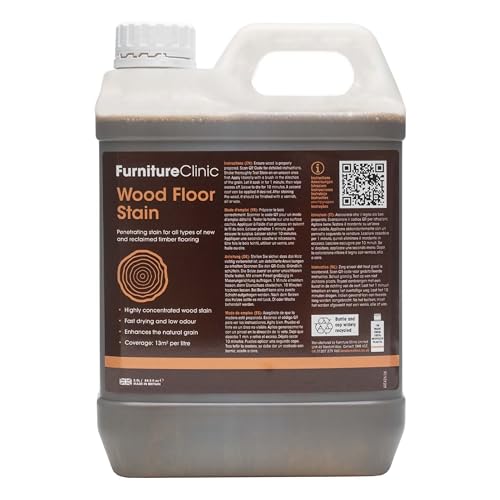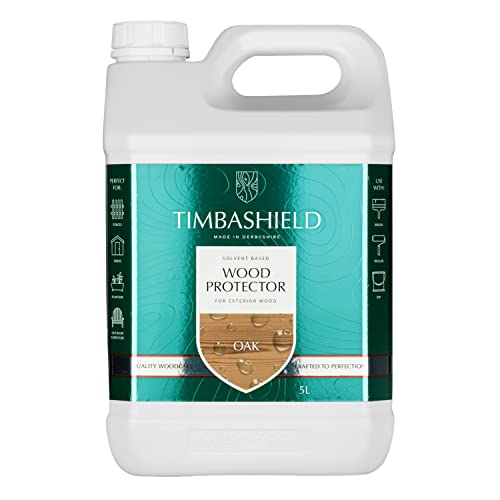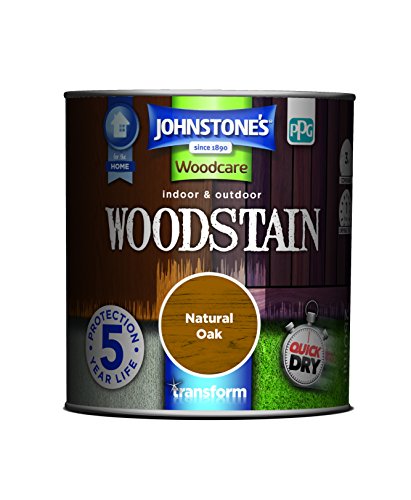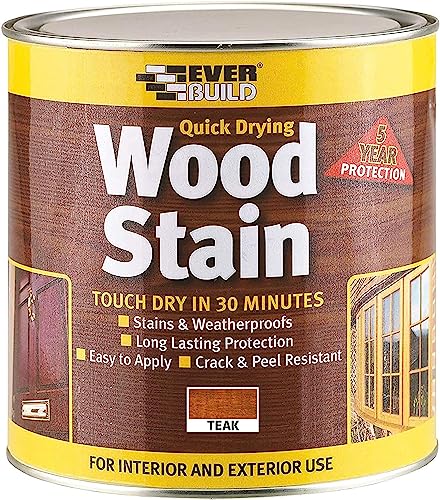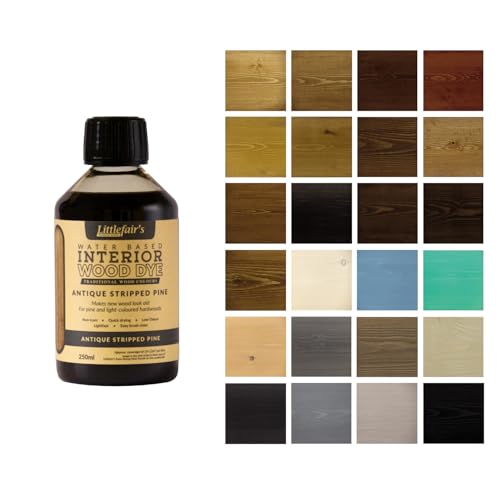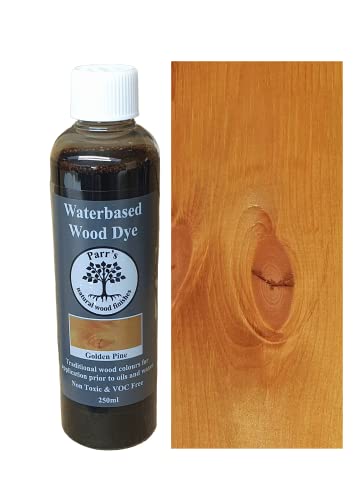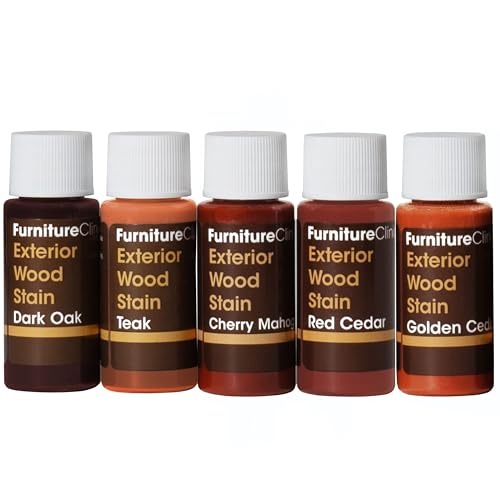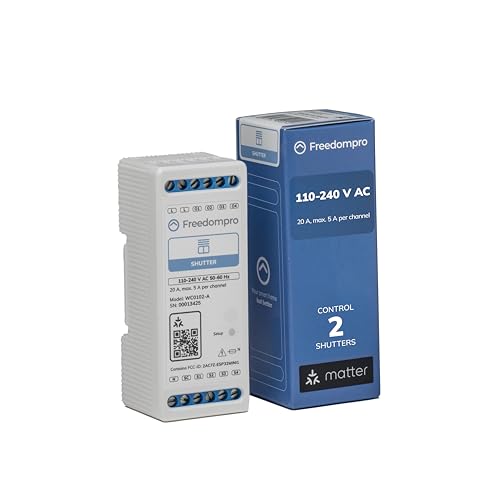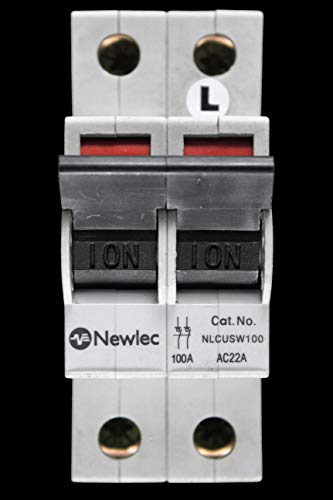Understanding Wood Stain: What It Is and Why It Matters
What Is Wood Stain?
Wood stain is a type of finishing product that enhances the appearance of wood by adding colour and depth while allowing the grain to remain visible. It penetrates the surface of the wood, altering its hue and providing a layer of protection against wear and tear. Stains come in various formulations, including oil-based and water-based, each offering unique advantages depending on your project.
Why Staining Is Important
Staining wood not only beautifies it but also serves practical purposes. It helps to protect the wood from moisture, UV damage, and general wear, which can prolong its life. By choosing the right stain, we can ensure that our wooden items, whether they be furniture or decks, remain vibrant and last longer. Furthermore, staining can significantly enhance the visual appeal of our projects, adding depth and character to the wood.
Choosing the Right Type of Wood Stain for Your Project
Different Types of Wood Stains
There are several types of wood stains available, primarily divided into oil-based and water-based options. Oil-based stains penetrate more deeply and provide a richer colour, making them ideal for outdoor furniture or heavily grained wood. Water-based stains, on the other hand, dry quickly and have lower levels of volatile organic compounds, making them a safer choice for indoor projects and applications in enclosed spaces.
Picking the Right Stain for Your Needs
When choosing a wood stain, consider the type of wood you’re working with and the final look you desire. If you’re working with a softwood like pine, a lighter stain can help to showcase the wood’s natural beauty. For hardwoods like oak or walnut, a darker stain can provide dramatic contrast and enhance the grain patterns. Always test the stain on a small area or a scrap piece of the same wood to ensure you’ll achieve the desired effect.
Applying Wood Stain: Tips for a Perfect Finish
Preparation for Staining
Before applying stain, we must properly prepare the wood surface by sanding it smoothly to remove any imperfections or old finishes. Cleaning the surface thoroughly afterwards ensures an even application, as dust or residues can affect how the stain adheres.
Techniques for Application
When it’s time to stain, using a brush, cloth, or sponge can produce different finishes. For broader surfaces, a foam brush can help achieve an even layer. Always apply stain in the direction of the grain and be generous, allowing it to soak in. After a few minutes, we can wipe off any excess stain with a clean rag, ensuring a smoother finish. If a darker colour is desired, we can apply additional coats after each has dried.
Planning Your Workspace: Preparing to Stain Like a Pro
Setting Up Your Work Area
Having a designated workspace will streamline the staining process. Choose a well-ventilated area to ensure that vapours disperse quickly, especially if working with oil-based stains. Lay down a tarp or plastic sheet to protect the floor and surrounding furniture from any accidental spills or drips.
Gathering Essential Tools
Before we start, it’s crucial to gather all necessary tools such as brushes or rags, the chosen stain, gloves to protect our hands, and a stirring stick for mixing. Having everything at hand means we won’t need to interrupt our work to search for missing items.
Maintaining Stained Surfaces: How to Keep Your Finish Looking Fresh
General Care for Stained Wood
To maintain the beauty of stained wooden surfaces, regular cleaning will be essential. Use a soft cloth to dust and a damp cloth for stains, avoiding abrasive cleaners that could strip the finish. We can also apply a wood conditioner periodically to restore some of the sheen and prevent drying.
When to Reapply Stain
Over time, even the best finishes can fade. If you notice that your stained wood is looking dull or worn, it may be time to reapply the stain. We recommend doing this every few years, depending on exposure to the elements and the usage of the piece. Preparing the surface thoroughly prior to applying a new coat will ensure a fresh and even finish.
